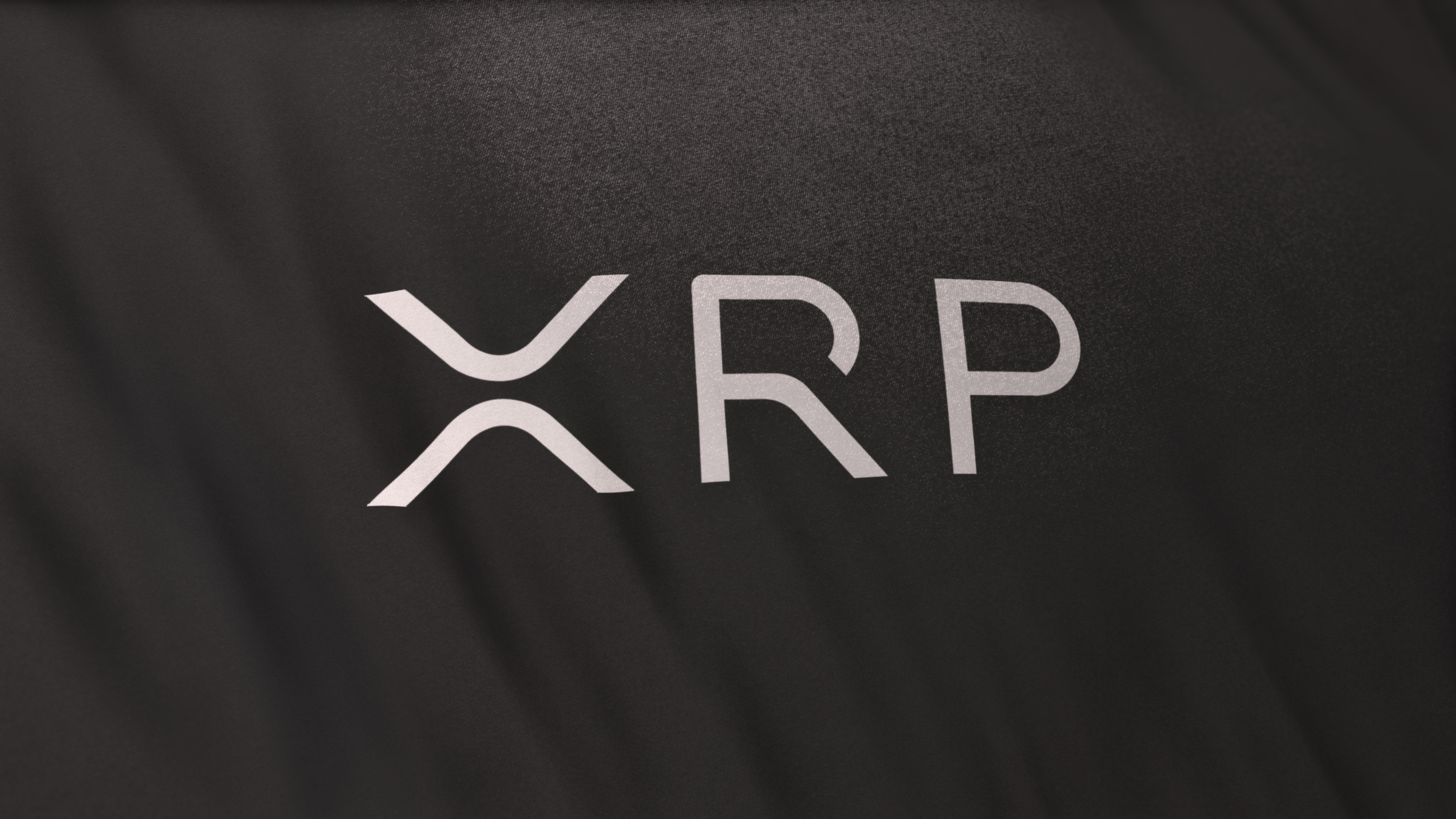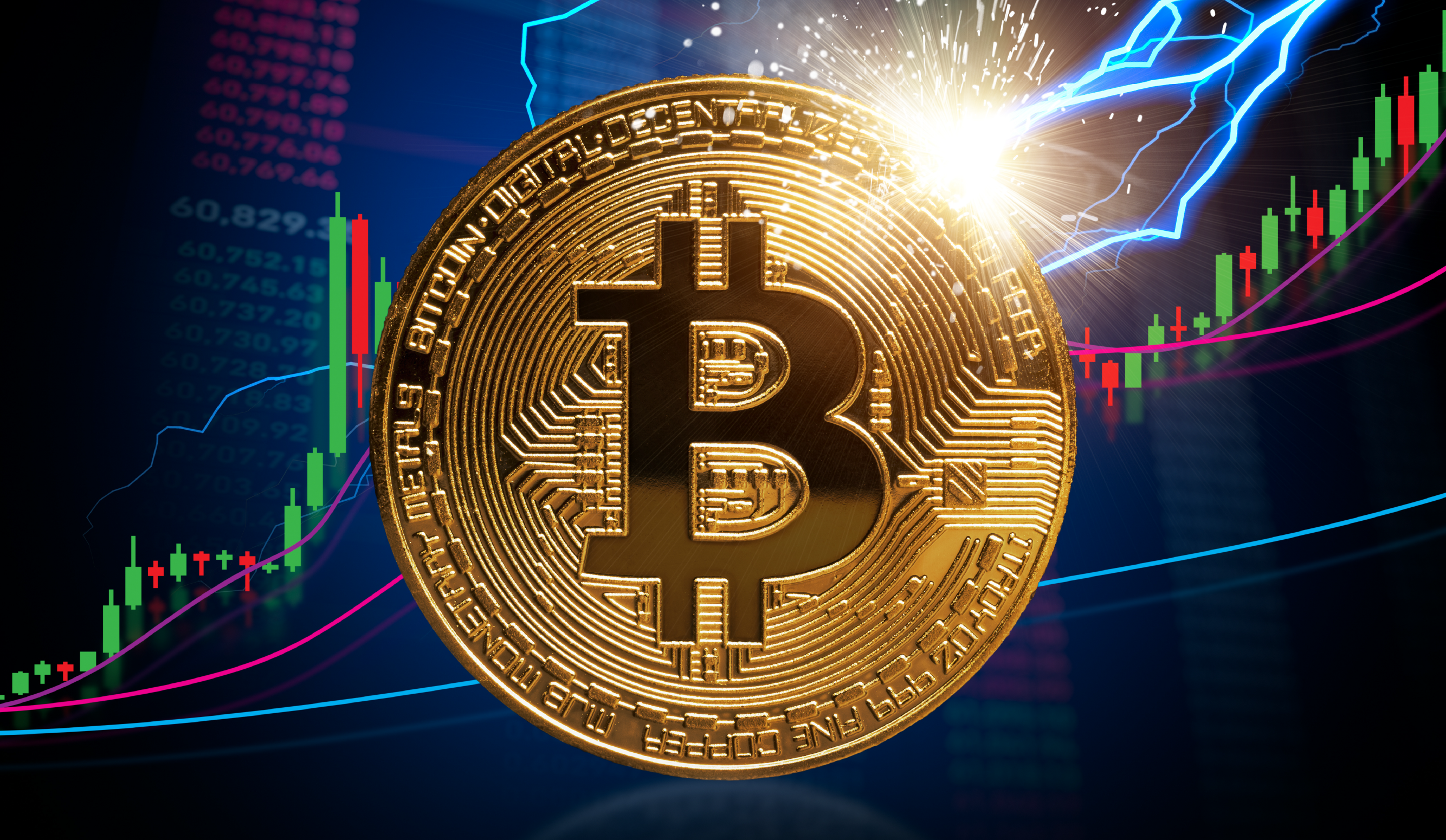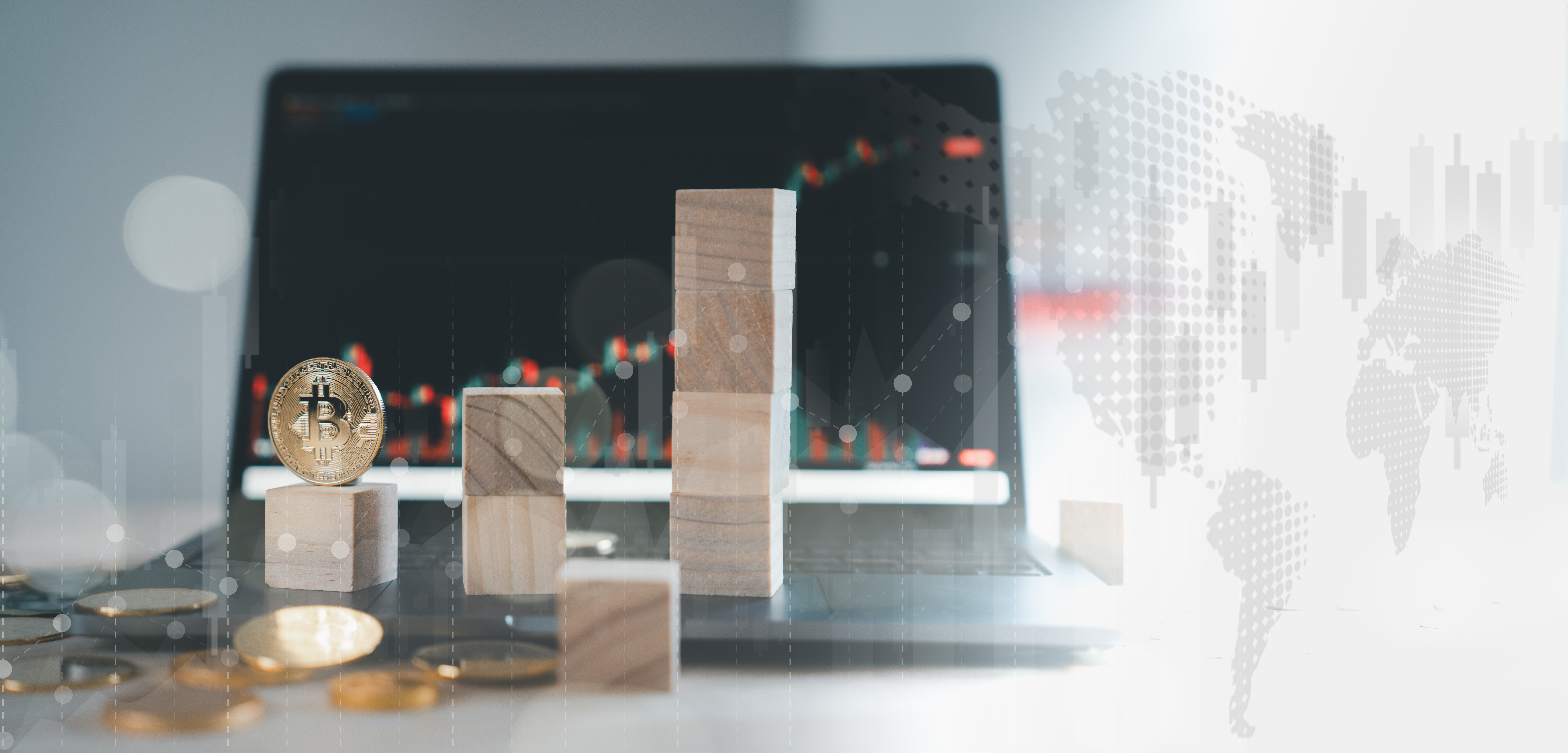Cryptocurrency Explained: XRP

Main points
XRP is one of the most valuable digital currencies by market cap.
Enables fast and low-cost transactions across borders using the Ripple Network, providing a more efficient and practical alternative to traditional banks.
Facilitates quick conversions between different currencies and payment networks, including fiat and cryptocurrencies.
What is XRP?
XRP is a digital currency that facilitates quick conversions and payment transfers across borders at a low cost. Acting as an intermediary, XRP allows for an efficient exchange between different currencies— including fiat and crypto —without the high fees or delays of a traditional wire transfer. Payments are settled in seconds on the global Ripple Network that runs 24 hours per day, seven days per week, with a minimum transaction cost required for a transaction set at $0.0002 XRP.
How does XRP work?
XRP is native to the Ripple protocol, which operates a bit differently than other cryptocurrencies. While Bitcoin is designed to facilitate transactions outside the control of a central authority, Ripple aims to improve existing financial systems to be more efficient, cheaper, and interconnected.
Rather than relying on blockchain mining like Bitcoin, Ripple works off a consensus mechanism to confirm transactions and account balances via a group of select bank-owned servers.
Each transaction between two or more parties is linked through a credit intermediary called a gateway. The gateway receives and sends currencies to public addresses by connecting different computer ledgers across the Ripple network, reducing the costs and wait times associated with existing cross-border transactions. Any person or business can register and open a gateway, authorizing the exchange of currencies with maintained liquidity, whether it’s the US dollar for euro, or euro for bitcoin.
While this system of trusted validators helps improve the system’s integrity against double spend (a form of counterfeit to spend the same crypto twice), some observers criticize the lack of decentralization that’s a core ethos to the cryptocurrency community.
When did XRP start?
Ripple Labs, a United States-based technology company, launched the Ripple ledger and its native XRP token in 2012. Ripple served as a more efficient solution for the SWIFT system, or the Society for Worldwide Interbank Financial Telecommunication, a global messaging system used for international money and security transfers between worldwide banks.
In December 2020, Ripple became target of a Securities and Exchange Commission (SEC) lawsuit when the agency alleged XRP was sold as an unlicensed security and required regulation. A long-awaited SDNY ruling in July 2023 determined that Ripple Labs did not sell its digital currency XRP as an unregistered security for the public, earning an early victory for the exchange network company as many exchanges relisted XRP as a cross-border payment option. The rest of the crypto industry hailed it as a victory as it looks to lawmakers to create clear regulatory frameworks.
How to buy XRP
To buy XRP or other digital currencies, you must have a digital crypto wallet or an account with your chosen exchange platform. This quick, cost-effective payment option is available to buy at CoinFlip Preferred with same-business-day settlement and competitive rates.
Follow these required steps to buy XRP:
On CoinFlip Preferred or another exchange platform, transfer funds in the form of fiat currency or crypto to your account.
Set up a market or limit order.
Click “buy” and submit the required amount.
After the transaction is completed, move XRP to the platform’s wallet or an external wallet.
As of July 2023, one XRP is worth around $0.70, and Ripple leads as the fourth-largest cryptocurrency with a market cap surging at $36 billion.
What is the future of XRP?
XRP provides a more practical way to send payments and remittance than traditional banks, which can take days or weeks to complete a wire transfer while charging high transaction fees. XRP also competes with Bitcoin with its lightning-fast transaction speed, minimal transaction costs, and less use of computing energy. With its disruptive force that seamlessly connects different currencies and payment networks, XRP has the potential to help drive the global adoption of digital currency as new financial tools.


